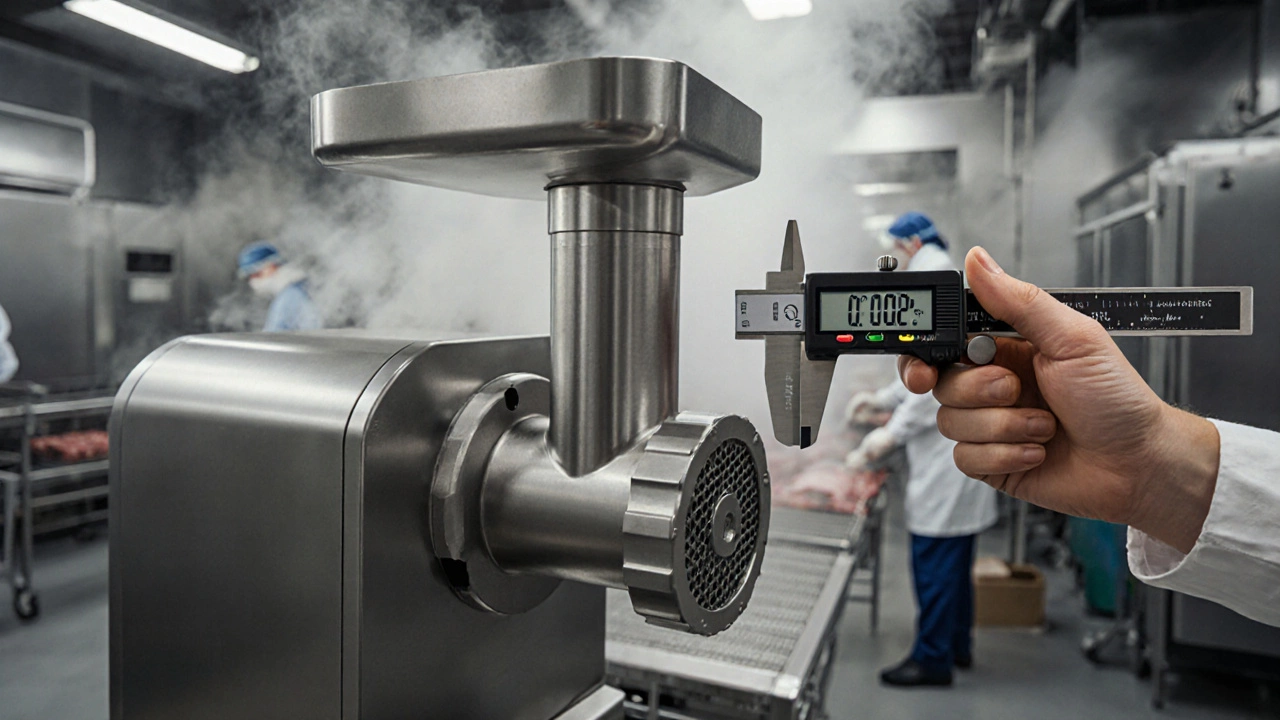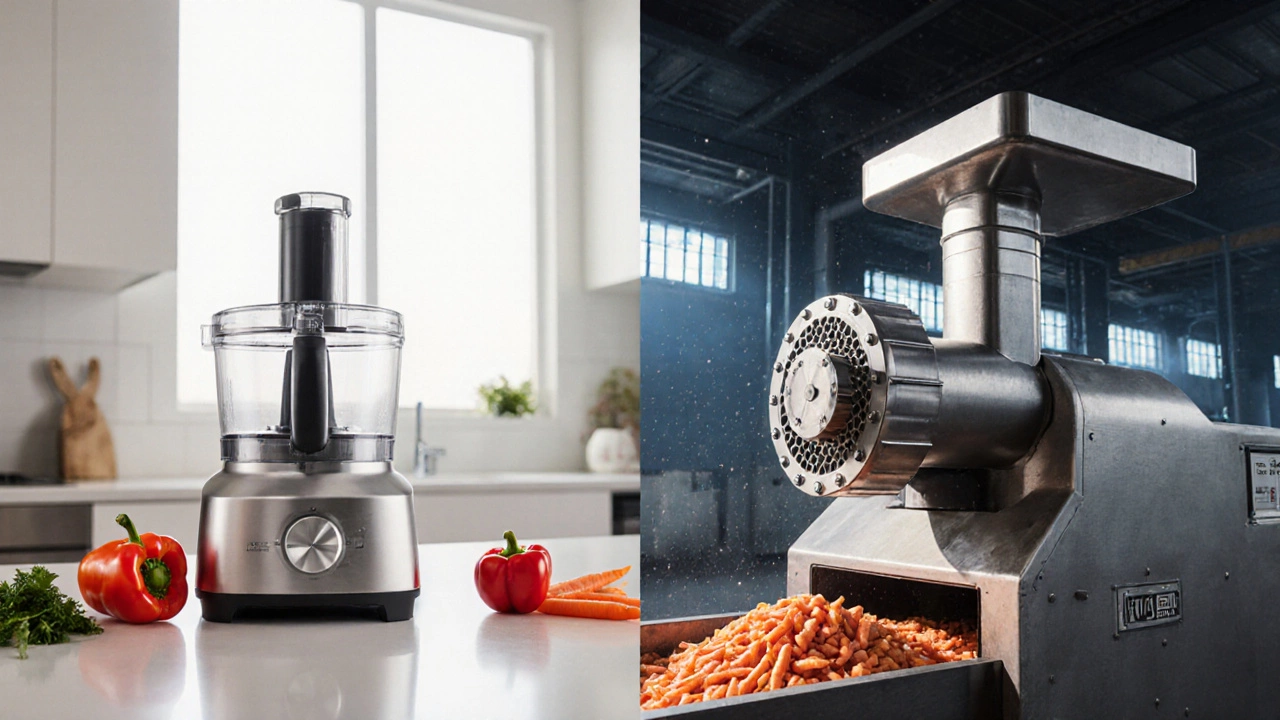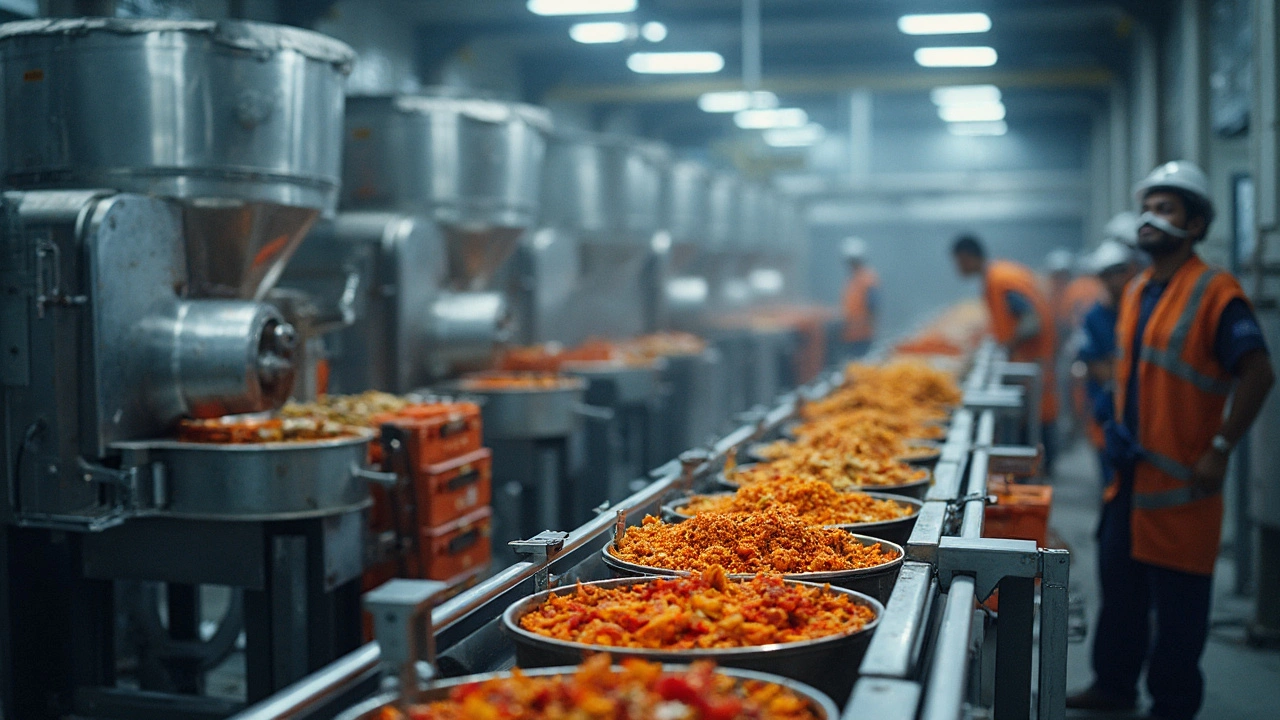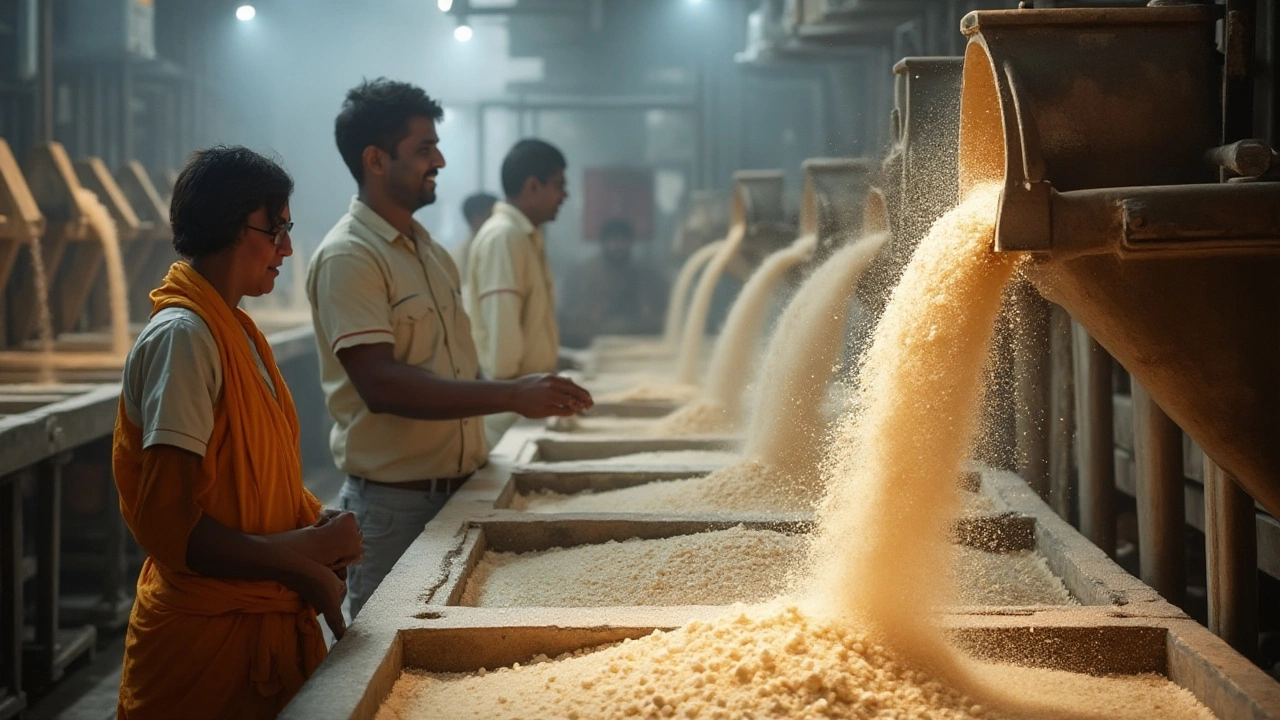Food Processing Tips, Terms & Tricks – Your Quick Guide
Whether you’re whipping up a batch of sauce at home or running a small food line, the words you hear in the industry can feel confusing. Things like “core,” “processing unit,” or “micron” often pop up, but you don’t need a textbook to understand them. In this guide we break down the most useful concepts, point out common slip‑ups, and share easy steps to keep your equipment humming.
Core vs. Processing Unit – What’s the Real Difference?
The word “core” usually refers to the heart of a machine – the part that actually does the work, like the motor that spins the blades in a food processor. A “processing unit” is the whole setup that includes the core plus the housing, control panel, and safety features. Knowing this helps you pick the right gear for the job. For example, if you need a device that can handle tough dough, focus on the core’s power rating. If you need something that fits a tight kitchen space, look at the overall processing unit size.
When you compare two machines, ask yourself: is the core strong enough for the tasks you plan, and does the processing unit provide the controls you need? This quick check can save you money and frustration later.
Why Microns Matter in Food Processing
Microns (µm) are just a tiny way to measure particle size. In food, particle size impacts texture, flavor release, and how ingredients mix. Think about flour: a finer micron size gives a smoother cake, while a coarser grind makes a heartier bread. The same principle applies to chocolate, powdered sugar, and even spice blends.
If you’re measuring ingredients for a recipe or a small batch, a basic kitchen scale won’t tell you the micron size. Instead, use a sieve set or a digital particle size analyzer if you have one. Knowing the micron range helps you avoid gritty textures and achieve consistent results.
Even in larger operations, micron control can affect shelf life. Smaller particles settle faster, which can lead to clumping in dry mixes. Adjusting the micron size during grinding can keep your products stable for longer.
Now that you have the basics, let’s look at a few practical tips that show up again and again in our posts.
What Not to Put in a Food Processor – Hard items like whole nuts, frozen blocks, or large bones can damage the blades or motor. Also avoid liquids that are too hot; they can warp plastic parts. A good rule of thumb: if it feels too big or too dense, cut it down first.
Unit Operations in Food Production – Every food plant follows a series of steps, called unit operations, from mixing and heating to cooling and packaging. Mastering each step ensures safety and quality. For home cooks, think of these as the stages of a recipe: prep, cook, cool, and store.
Exploring Different Food Processing Units – Small businesses may use a tabletop processor, while factories might have a continuous belt system. Each type is built for a specific scale and product. When choosing equipment, match the unit to your volume and the kind of food you’re handling.
Putting it all together, the key to smoother food processing is simple: know your equipment’s core power, understand the particle size you need, and avoid putting the wrong items into your machine. Follow these steps and you’ll see fewer breakdowns, better textures, and happier taste testers.
Ready to upgrade your kitchen game? Start by checking the specs on your current processor’s core, measure a batch of flour with a sieve, and make a quick list of foods you should keep away from the blades. Small tweaks now will pay off in smoother runs and tastier results later.
What Is 0.1 Inch Called in Food Processing Units?
0.1 inch is called one-tenth of an inch in food processing. This tiny measurement is critical for machine gaps, blade clearances, and food safety. Learn how it's used, why it matters, and how to measure it accurately.
View MoreProcessor vs Processing Unit: Key Differences Explained
Learn the essential differences between a processor and a processing unit in food manufacturing, their functions, scales, and how to choose the right equipment for your operation.
View MoreCore vs Processing Unit: Unpacking the Real Difference for Food Processing
Wondering what really separates a core from a processing unit in food processing? This article breaks down the terms with real-life examples, tips for recognizing the function of each, and what to look out for when dealing with food equipment. Get practical advice on maintenance and how choosing the right unit can save time and hassle in your kitchen or facility. No jargon—just clear info you can use.
View Moreμm in Food Processing: What Does It Stand For and Why Should You Care?
Ever seen 'μm' on a food processing chart and wondered what it actually means? This article breaks down the meaning of 'μm', its relevance in food processing, and why it matters for everything from flour texture to the smoothness of your favorite chocolate. You'll get real examples of where microns matter, plus practical tips for understanding particle size in your kitchen or food business. We'll even look at common questions and mistakes people make with micron measurements.
View MoreWhat Should You Not Put in a Food Processor? Common Mistakes to Avoid
Ever wondered what items should stay far away from your food processor? This article breaks down which foods and materials can damage your machine, mess up your meals, or even be dangerous. Get real-life tips, clever hacks, and some hard truths about food processor do's and don’ts. Discover how to keep your kitchen gear running smooth and your food tasting great. If you want your food processor to last, this guide is for you.
View MoreUnderstanding Unit Operations in Food Production
Unit operations are the building blocks of food production, covering every step from mixing to packaging. These operations ensure efficiency, consistency, and quality in producing our favorite foods. By mastering them, producers can meet consumer demands and maintain safety standards. This article delves into how these operations work and their role in the food industry.
View MoreUnderstanding Food Units: What They Are and Why They Matter
Food units might sound like a technical term, but they are all around us in the world of food processing. They're the behind-the-scenes operations that make sure your favorite snacks, meals, and ingredients are safe, packaged, and ready to eat. From simple canning factories to complex instant food manufacturing, food units play a crucial role in the modern food supply chain. Let's break down the basics to understand why these units are fundamental for our everyday eating habits.
View MoreExploring the Varieties of Food Processing Units
Food processing units are crucial in the journey of transforming raw materials into food products. Understanding their classification provides insights into how diverse food items are prepared and preserved. These processing setups can range from industrial giants to small-scale artisanal operations, each designed to meet specific needs. The classifications include primary and secondary processors, equipment specificity, and technological integrations. This article delves into these categories, offering practical tips and interesting industry facts.
View More











